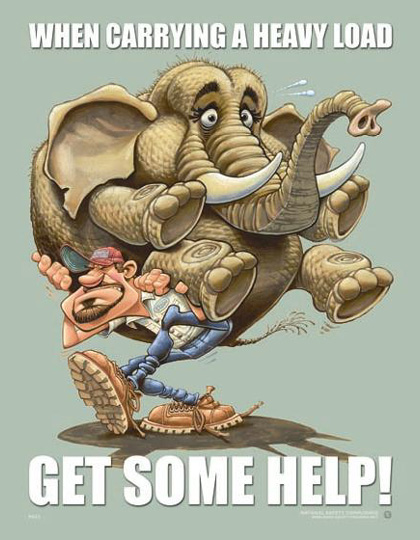Depression in the Workplace
Depression is a serious factor that could affect the safety and productivity of the workplace. It’s so prevalent that we see instances of depression in our situational comedies like Friends and The Office. In “Performance Review” Michael Scott, the self-involved manager, pulls out a suggestion box that hasn’t been touched in a year to impress his boss. One of the first suggestions that he pulls out is “we need better outreach for employees fighting depression.” Michael breezes over this suggestion as a joke. “Nobody in here is suffering from depression,” he says.
Employees Do Suffer From Depression
Studies have shown that up to 6% of employees experience depression every year, so depression is a little more serious than Michael Scott would believe. The episode of the office, as blasé as it is about the topic of depression, demonstrates how we must help employees who are suffering from depression. When Michael asks what joker wrote the suggestion, a coworker supplies the information. “Tom? He worked in accounting up until about a year ago,” she explained. When no one recognized the name, she pantomimes shooting herself. Suicide is a very serious possibility of depression in the workplace.
Beyond the worst case scenario, depression can have other negative effects on the workplace. Depression leads to
- Aches and pains which could distract employees from giving their best.
- Easily irritated employees who might complain more often.
- Unproductivity caused by listlessness. (Studies suggest that around 18 work days are lost each year).
- An increase in the number of sick days requested. (Studies suggest that around 8 work days are lost each year).
Pin Pointing Cases of Depression
In order to prevent depression or help employees, we must first be able to identify if an employee is suffering from depression. Here is a list of possible symptoms to look out for.
- Employees seem to carry a pervasive stress, even when doing simple tasks.
- Vocal self-loathing.
- Loss of energy.
- Inability to sleep or oversleeping.
- Loss of appetite or overeating.
- Anger.
- Reckless behavior or an increased dependence on drugs or alcohol.
Helping Employees with Depression
Depression is such a problem because only about 57% of employees suffering from depression seek mental health treatments. While companies and employees cannot forcefully restore employees to mental health, but they can go a long way to ensure that employees receive the help that can put them on the right path. Here are a few suggestions to kick depression out of your office.
- Encourage employees to visit human resources if they need help personally or they believe a coworker might be depressed.
- Offer health insurance that cover psychologist, psychiatrist, doctors, and medicine.
- Have mandatory seminars about depression and how to deal with it.
- If the work is mind-numbing, drudging, or repetitive, give employees frequent breaks and encourage employees to go off task every once in a while.
As a company or employee, helping others cope with depression may not seem like your business, but it should be. Both companies and employees can benefit from a depression-free workplace. Employees have a more stable place to work. Companies receive more productive, stable, and safe employees.
Author’s Bio:

